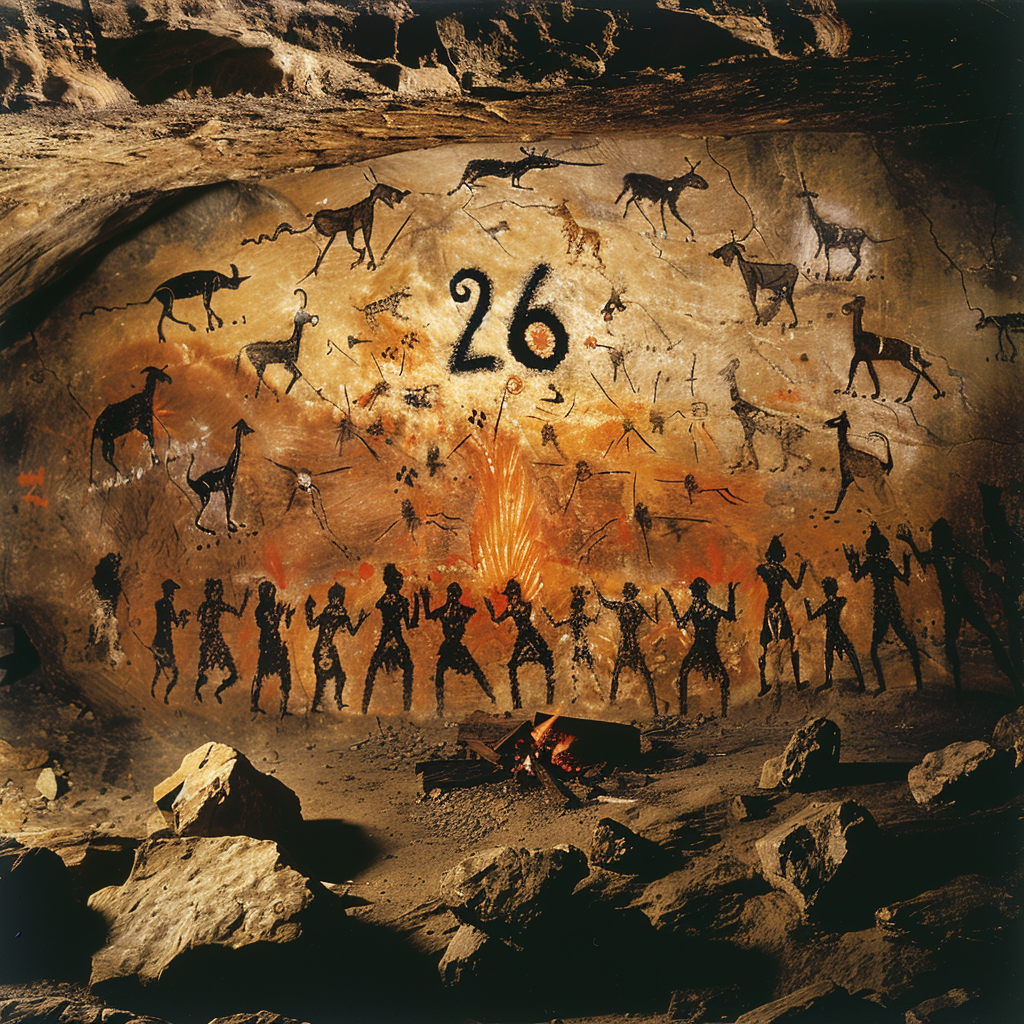
Image © Jose & MidJourney
How many times have you heard someone say “I am a people person”? I always thought this to be rather strange, though I do know many people who state they are a dog person, or a tree person, just never understood if that was instead or on top of a people person. I see myself as a long-term people person, because I believe the planet existed before people, and will after we are all gone, so the focus should be on the long-term survival of people, here or elsewhere. I am a people person and love being around people, engaging, listening, learning, having fun being human.
This past week I got to do something I love, spend time with people I met for the first time, a considerable amount of time, learning about them and their experiences, listening to what made them who they are, what makes them get up in the morning. Also, what irritates them, concerns them about the way they do their job, the webs and the flows, the personalities and institutions, the tools they use, the solutions they have at their disposal. This is what many would call a cocreate session, though some just call it a workshop. Cocreation has devotees, and then others that think it is not very effective, those that bring to the forefront research about the power of the individual versus the collective mind. For me, cocreation is about coownership, it is about involving people in solutions that impact their livelihood, it’s about testing Desirability and getting out of your head.
One thing I was reminded of, one I was positively surprised by.
Prototypes are the best way to get people engaged in any experience, period. You can talk for hours, eloquently describe what you are trying to do, engage in storytelling, but when you do a prototype and put it in front of people, you get the raw behavior that humans display when not in their heads, they are instinctively drawn to touch, feel, weigh, scroll, and even try and break it. They do all the things you learn from, if you pay attention, beyond what they are saying. Of course, prototype fidelity is critical, but I have seen more good ideas being underappreciated by shoddy prototypes than the reverse. You need to make sure the prototype is open enough to suggestions and recommendations about what is working well/ not well, what might be missing, but a good prototype with hands-on experience by users, is almost magical, you see people using and wanting more, building on top, geeking out.
Something that surprised me. Sometimes you are asking people to evaluate solutions that might impact their way of working and livelihood in ways that, at a first glance, might not look like a good thing. This is often the case with digitization efforts, where we map someone’s experience and workflow and we attempt to create digital workflows that combine actions and results, many times by making some activities done by people redundant. When well done, this simplifies people’s lives, and requires humans in the loop, but drives changes in behavior and livelihood. Because of the overuse of the promise of many similar solutions — you will have more free time to do what matters, people are usually distrustful and their first reaction is focused on all they see themselves losing, not winning. In this case, people saw beyond that, while discussing utopia and dystopia, they explored with us all the options and opportunities about what we were showing, they thought bigger, wider, long-term, it was very refreshing.